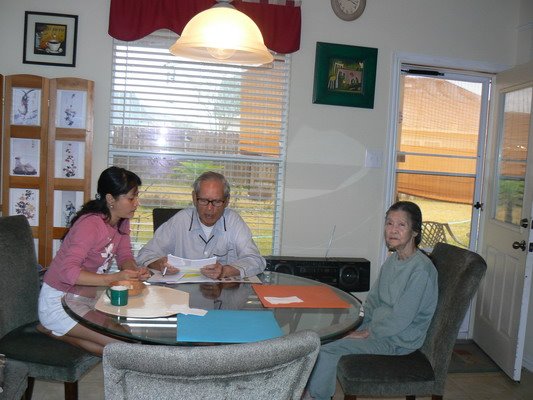May 13, 2015
JAPAN TOTAL WAR - Doãn Quốc Ti Nô - part 4
Japan officially surrendered on September 2, 1945. It began to look back at the damage it had caused and suffered through its policy of total war. For the people of Japan, they saw themselves as the victims. They were bombed to submission, suffering millions of dead and wounded. It was also the only country to be attacked by nuclear weapons. The country side around Hiroshima and Nagasaki was littered with burned corpses and ruined buildings. Millions people died the following weeks from radiation poisoning. The Japanese military also had the same view. Because of their samurai spirit, nearly all Japanese soldiers refused to surrender and preferred to fight to the death. The ones who were captured were too injured to kill themselves. But to others, Japan got exactly what they deserved. Koreans and Chinese suffered immensely under the rule of Japan. They were forced to work as expendable slaves in mineral mines. They were beaten and starved to death on a daily basis. The women resented Japanese soldiers and its leaders due to their harsh treatment of civilians. Women were forced to become prostitutes, or comfort women, for the Japanese army. The people of Philippines and other Pacific islands still celebrate the day of its liberation from the Japanese government to this day. In the end, it was up to America, the victor of the Pacific War, to deicide Japan’s future.
Japan was occupied by the US after WWII. Ordinary folks heard for the first time the voice of their emperor announcing Japan’s surrender to the US. Japan was now vulnerable again to outside influence, just like the pre Meiji era. Japan lost its colonies and its military establishments. It did not even have a running economy to support its people. Worse yet, communist influence from the Soviet was too large to ignore. They had already attacked Manchuria after when Japan was busy dealing with the US, and now they were poised to strike at Japan to get their revenge for the Russo-Japanese war. Japan was at the bottom of the barrel with no hope of recovery. But history proved that it was not Japan’s final moment yet. When McArthur became the head of the occupation organization, the SCAP, he set out to restore Japan to its former glory. The terms he set out for the country were a lot better than most people tried to imagine. He understood that forcing Japan into a humiliating term can back fire severely, causing anarchy and chaos. It could have heightened the hatred for the Americans, making any attempt to renovate the country fruitless. Japan was allowed to keep its emperor, even though his role was no longer a holy one. Japan was gradually demilitarized to try to lower its nationalism fervor. Japanese prisoners of wars from Asia and the Soviet were all returned back to the country by 1948. Troops from Manchuria were also recalled back to the country to be sent back to the civilian world. As for the heads of the military government, they were dealt by the US through the Tokyo War Trial, stretching from 1946 to 1948. Some military officials actually committed suicide when first hearing about the surrender. Others waited nervously and were trialed by Western powers for their role in WWII. Tojo and many other government officials were condemned to death for their actions in the war. This was similar to the Nuremburg trial in Europe, for the actions of the Japanese government before and during the war were all put on the table to be questioned. The next step after demilitarize Japan was to democratize it. The SCAP announced that free speech and press were all allowed. Religions were now tolerated again, especially Christianity and Buddhism. It outlawed existing censorship institutions and military propagandas. Discrimination, like sex, race, and family origin, were out lawed. Everyone was ensured with the rights to work, vote, and bargain. A new imperial Diet was organized and came to effect in 1947. The businesses of the Zaibatsu, the organization that was nationalized by the military government, were broken up and distribute into smaller companies. Western style school system was introduced to help standardize education Japan. As time moved on, these reforms gained an identity of their own. They came to symbolize Japan regaining her soul through a long and merciless episode in their history. Japanese people were finally able to become actual humans again, free to voice their opinions and work for their behalf. After a long period under the policy of total war, Japan was finally reborn, ready to take on the 20th century.
Subscribe to:
Post Comments (Atom)



No comments:
Post a Comment